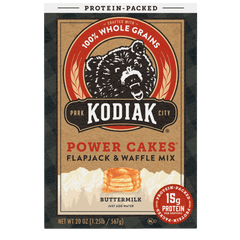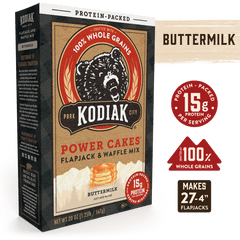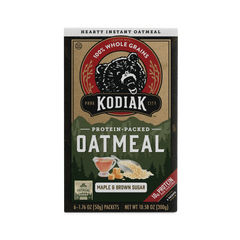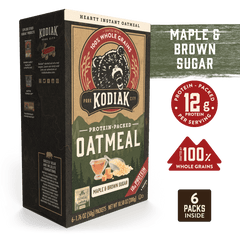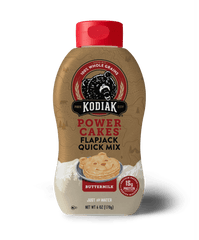BREAKING DOWN NUTRITION LABELS

This spring a robin built her nest right in front of my living room windows. So, while I was cooped up inside my house for a few months, this robin and their babies became a major source of entertainment and education for me. The more I watched her the more fascinated I became doing my own research on various robin facts. For example — did you know that robins build two nests a year? And that each baby robin eats about 14 feet of earthworms during the short two weeks spent inside the nest?
The point is, the closer we get to a topic, the more we want to learn about it. For example, as humans, we eat multiple times every day. So, it seems only natural for us to take interest in what we’re eating, don’t you think? My goal with this blog is to help you learn more about what you’re putting into your body by looking at nutritional labels.
Navigating a Nutrition Facts label can be intimidating at first, but let’s use Kodiak Cakes Double Dark Chocolate Muffin Mix to break down a few steps together to help make it easier.















